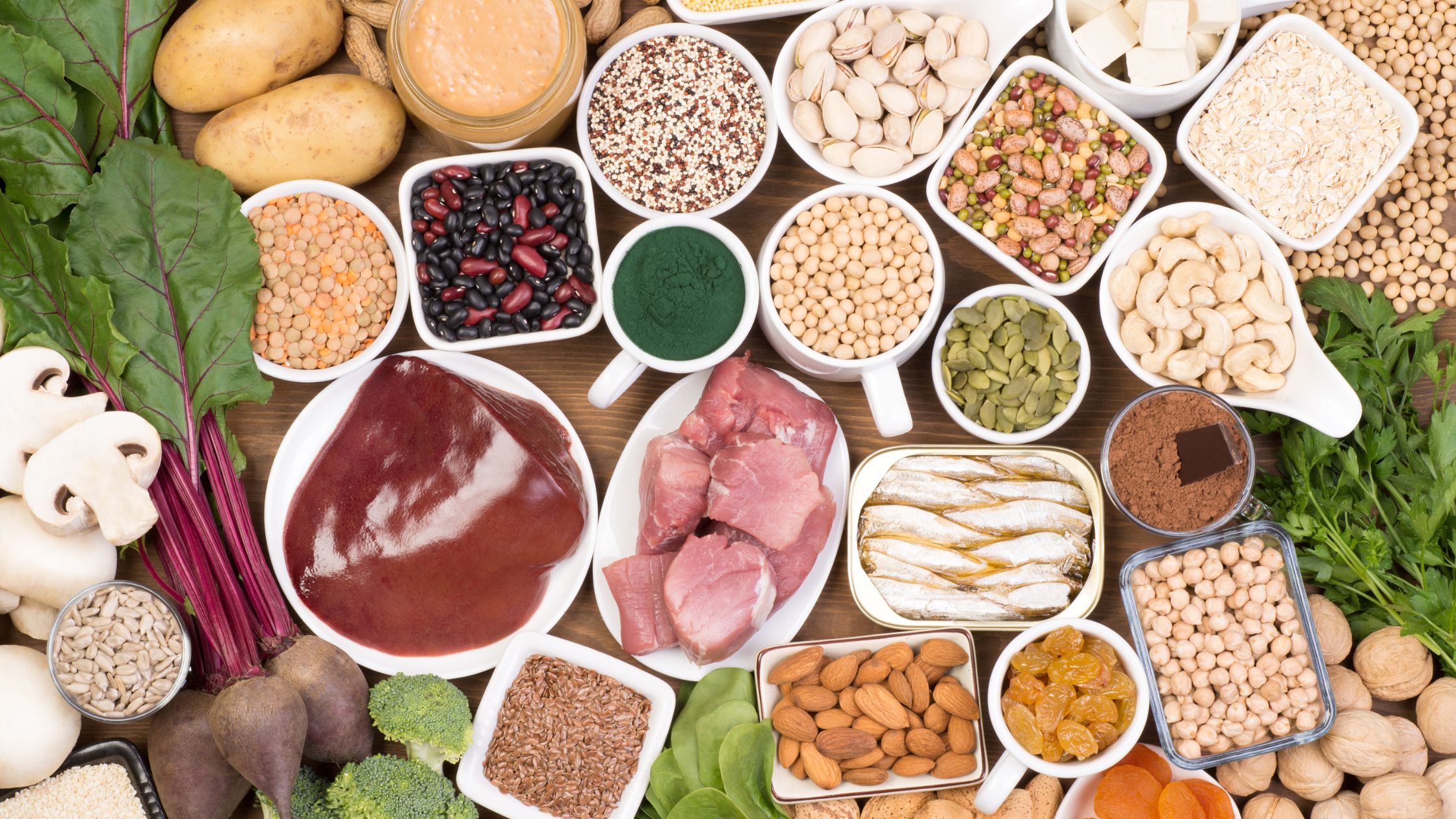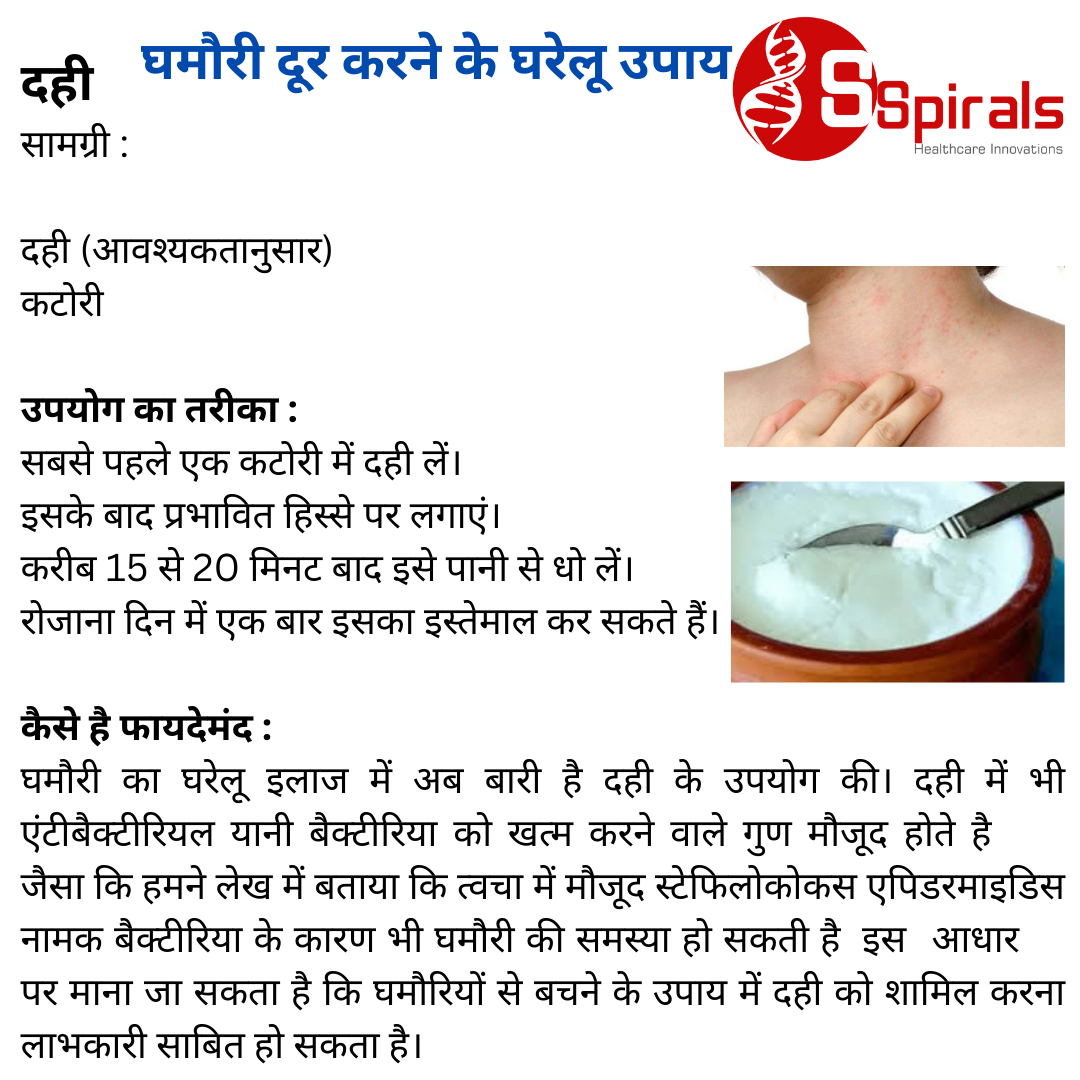
Diabetes Awareness
How many types of diabetes?
Diabetes is mainly of two types:
- Type 1 diabetes- which is usually seen in younger adults where due to autoimmunity antibodies are formed that damage beta cells secreting insulin leading to insulin deficiency
- Type 2 diabetes- is more common type of diabetes where due to insulin resistance body organs like muscles and liver are not able to utilise sugar which leads to high levels of sugar in the blood
What are the earliest signs of diabetes?
- Frequent urination
- Increased thirst
- Feeling hungry
- Feeling tired
- Unintentional weight loss
- Slow healing of wounds
- Blurred vision
- Tingling and numbness of feet
What happens to your body when you have diabetes?
If you don't treat your diabetes, the excess blood sugar can damage various organs of your body:
- Retina- blurred vision and blindness
- Kidneys- decreased urine, swelling over body ultimately landing for dialysis
- Nerves- tingling and numbness, loss of sensation, wounds and ulcers
- Blood vessels- increasing the risk of impotence, heart attacks and stroke by many folds.
Can eating too much sugar cause diabetes?
Sugar consumption will not directly cause diabetes but eating too much sugar can cause weight gain and obesity is a risk factor for type 2 Diabetes.
What is the main cause of type 2 diabetes?
Development of type 2 diabetes is related to lifestyle changes and genetics. Sedentary lifestyle, lack of physical activity, weight gain, unhealthy eating practices and stress increases the risk. This risk increases further if there is any family history of diabetes in your parents or siblings.
Who are at increased risk of diabetes?
Your chances of having diabetes increases if you have a parent, brother or sister with diabetes, if you are overweight or physically inactive, if you have high blood pressure or high cholesterol, if you had diabetes during pregnancy or if you are diagnosed with polycystic ovary syndrome.
How to manage your diabetes?
- Exercise Regularly. ...
- Control Your Carbohydrate Intake. ...
- Increase Your Fibre Intake. ...
- Drink Water and Stay Hydrated. ...
- Implement Portion Control. ...
- Choose Foods With a Low Glycemic Index. ...
- Control Stress Levels. ...
- Monitor Your Blood Sugar Levels. ...
- Take Your Medicines on Time. ...
What is Glycemic Index?
Glycemic Index (GI) is a relative ranking of carbohydrate in foods according to how they affect blood glucose levels. Carbohydrates with a low GI value (50 or less) are more slowly digested, absorbed and metabolised and cause a lower and slower rise in blood glucose.
- Low glycemic index food includes whole grains, oats, fox nuts, cashews, almonds, walnuts, skimmed milk, broccoli mushrooms, tomatoes, lentils, chickpea, green leafy vegetables, apple, oranges, cherry, strawberry and kiwi.
- High glycemic index food includes sugar syrup, white bread, rice, boiled potatoes, French fries, cornflakes, ice cream, juices, watermelon, mango, grapes, pineapple, banana and litchi.
How much exercise is advised in diabetes patients?
A diabetes patient is advised 30 minutes of daily exercise which can include cycling or brisk walking. Brisk walk is defined as walking a distance of 100 metres in 1minute that means covering 1 km in 10 minutes.
What is healthy weight loss and how much weight loss is required to control diabetes?
A 60 kg person needs 1800 to 2000 kcal per day. One needs to cut down 500 kcal per day in order to lose 1 pound or half kg per week which is referred as a healthy weight loss. If one loses 3-5% of body weight that means 2-4 kg in an 80 kg person, the diabetes control improves.
Dr. Utsav Sahu (Consultant Physician and Diabetologist)
MBBS (Gold Medalist), MD (Medicine), PGD in Clinical Endocrinology & Diabetes (RCP, London)
Dr. Utsav Clinic, Civil Lines, Delhi
utsavsahu@rediffmail.com
Be the first to add your comment
.jpg)





_(1).png)

